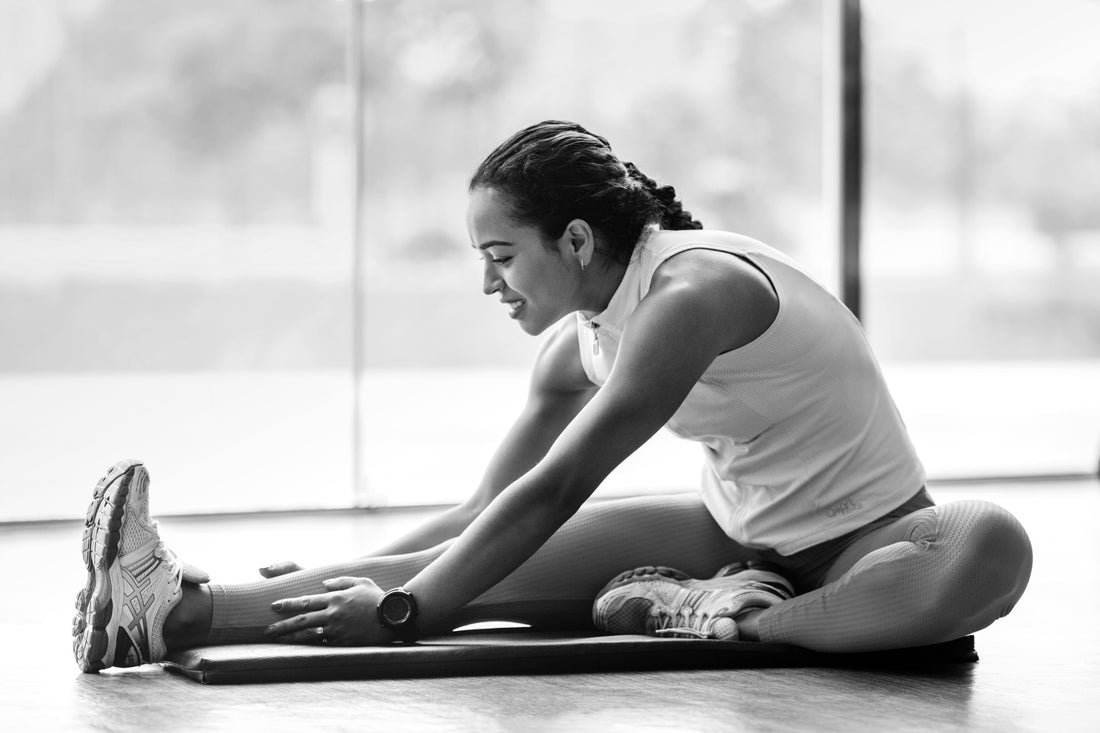What Is That Pain At The Front Of Your Knee?

What is it?
Patellofemoral joint (PFJ) syndrome is a collection of symptoms and various conditions that presents itself as pain and sometimes clicking in and around the patella (front of the knee). It’s worth mentioning that having clicking and clunking in the knee is quite normal, it’s only when accompanied by pain that it’s an issue.
What causes it?
Broadly there are 2 categories of PFJ pain; either from overuse and increased activity or from more underuse or sedentary factors.
The first group usually have impaired biomechanics and strength in the foot, knee, and hip. The second group usually have impaired mobility and flexibility around the hip and knee. For highly active people it can be from an error in training often too much, too soon, or too often. For sedentary folks in can be from prolonged sitting leading to compressive forces on the patella.
What can you do to treat it?
There are an array of treatments for patellofemoral joint syndrome, a physiotherapist can help decide which is the most appropriate for you:
Activity modification:
For either an active or sedentary person something has to change about what they are doing. Logically this makes sense, if you continue on doing the exact same activity then you should expect the injury to stay the same. The knee needs to be unloaded temporarily whether than means less time sitting, fewer kilometres run, less downhill running, or decreased depth when squatting. Complete rest from activity won’t fix it but it does need to be modified in the short term.
Strengthening work:
PFJ pain is described as a “self-limiting” injury which means that it won’t fix itself purely by resting it because it’s likely to get painful again once starting activity again. In the past the Vastus Medialis Oblique (VMO), the inside part your quadriceps muscle, has been touted as the king muscle behind PFJ pain management.
More recently however it has been found that good old fashioned quadriceps strengthening of any kind will help provided it’s not aggravating your pain. 2 classic quadriceps exercises are the leg press and the leg extension.
The guiding principle for these exercises is that the range of movement should be low, as in the last 45 to 90 degrees of straightening your knee. The load should also be quite heavy so that you’re fatiguing your muscles between about 8 and 12 repetitions doing up to 6 sets, and doing that 3 times a week.
Stretching:
The quadriceps and iliotibial band can have reduced mobility, this may cause the issue or it may be as a result of the pain. Either way if they have reduced range stretching them out can help with managing the injury.
Ice:
there is often swelling associated with this injury depending on which particular structure is involved so 20 minute bouts of ice every 2 hours can help get on top of the pain and swelling.
Manual therapy:
massage, dry needling, and joint mobilisations are all helpful tools a physio can use to assist in the recovery of the injury too.
How long will it take to get better?Depending on the severity of the injury and other medical history factors the issue can resolve within a few weeks but others can take several months to recover from. For a thorough assessment and plan of attack book in to see one of our physios to get you started.
